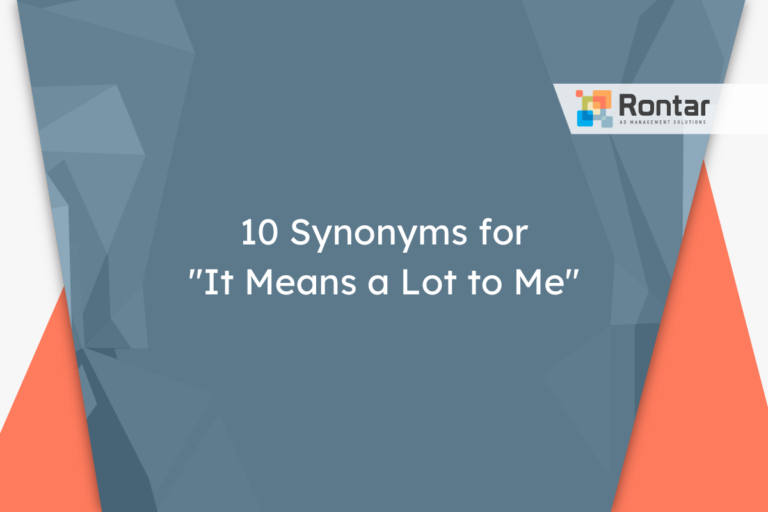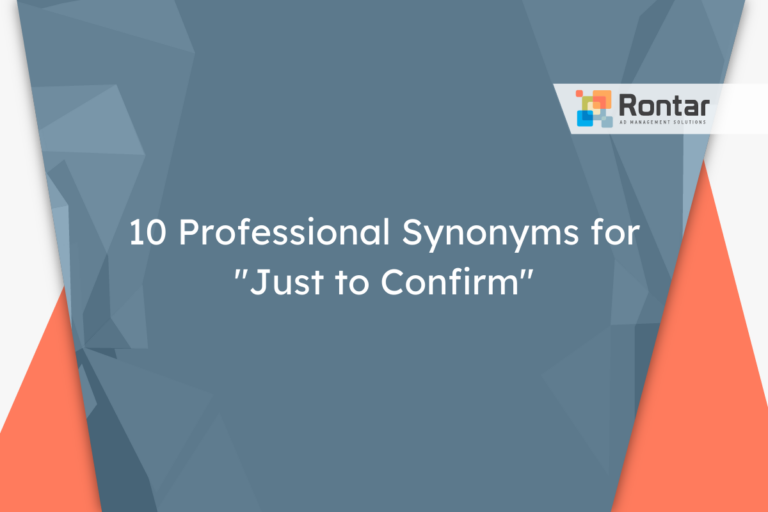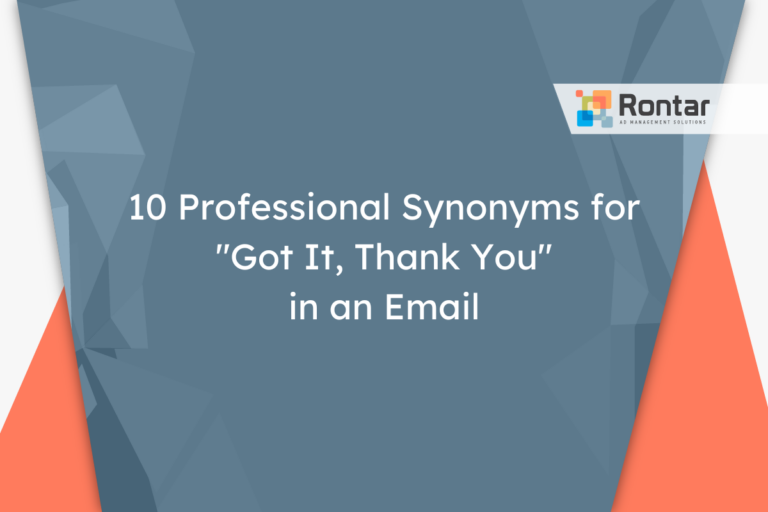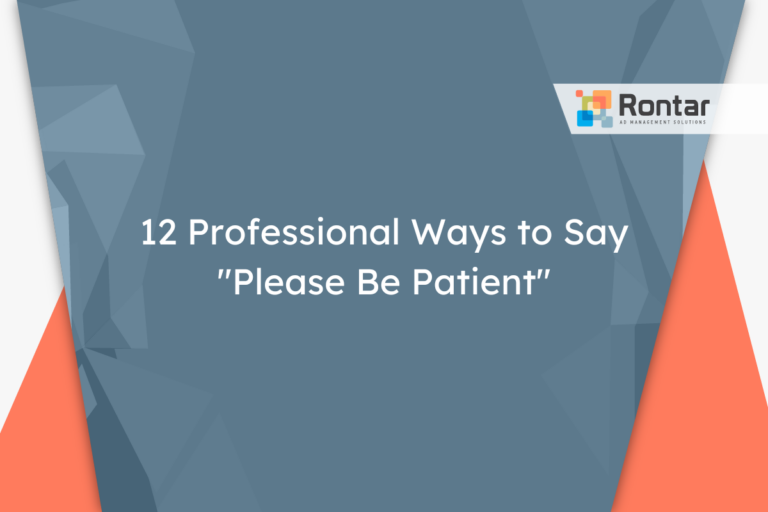10 Other Ways to Say “I See Your Point”

Sometimes, agreeing or acknowledging someone else’s perspective without saying “yes” directly is necessary.
This article lists ten different ways to express that you see someone’s point without using those exact words. Each alternative is broken down to explain when and how it might be best used in a professional email.
Is It Formal to Say “I See Your Point”?
The phrase “I see your point” strikes a balance between being professional, formal, or informal, and is always polite. This phrase works well in discussions where acknowledging another’s perspective is necessary without fully agreeing or committing to their viewpoint.
It’s a good fit when used with colleagues, during negotiations, or when providing feedback. It’s less formal than some alternatives but more polished than casual affirmations like “Gotcha” or “Understood.” It’s suitable for professional emails, meetings, or conversations, especially when there’s a need to show understanding or when discussing complex issues.
Email example:
Dear Matthew,
Thank you for sharing your insights on the project timeline. I see your point about the need for additional resources to meet our deadline. Let’s discuss this further and identify the best approach to allocate these resources effectively.
Best regards,
Emily
Pros:
- Shows understanding and respect for the other person’s perspective.
- Keeps the conversation open and constructive.
- Appropriate for a wide range of professional settings.
Cons:
- May be perceived as non-committal or unassertive in situations where a stronger stance is expected.
- Could be interpreted differently based on cultural or individual expectations of directness.
While this phrase is quite versatile, one might wish to use an alternative to adjust the level of formality, explicitly agree, or to clarify their position further. Seeking out synonyms or alternatives can also help match the tone more closely to the specific conversation or relationship dynamic.
10 Other Ways to Say “I See Your Point”
Here are ten common alternatives to “I see your point” that convey understanding in a professional yet not overly formal manner:
- I understand where you’re coming from.
- That’s a good point.
- I get what you mean.
- Your perspective makes sense to me.
- You make a valid point.
- I acknowledge your viewpoint.
- That makes sense.
- I can see that perspective.
- You’ve given me something to think about.
- I appreciate your insight.
1. I understand where you’re coming from
This alternative preserves the essence of showing understanding without necessarily agreeing. It’s more conversational yet remains polite and professional. Similar to “I see your point,” it opens the door for further discussion and exploration of the topic at hand.
This phrase is well-suited for emails and meetings where a degree of empathy is needed. It works well with colleagues and clients alike, especially when you’re acknowledging their concerns but might not be ready to agree fully or need more information.
Example:
Dear Alex,
Thank you for your detailed email regarding the project's current challenges. I understand where you're coming from and agree that we need to reassess our strategy.
Best,
Jordan
2. That’s a good point
Using “That’s a good point” is a more direct way of acknowledging someone’s contribution. It conveys agreement or the validity of their argument. It’s casual yet remains professional and polite, suitable for workplace communication.
This is particularly effective in meetings and emails when recapping discussions or responding to suggestions. It can foster a positive environment by validating the contributions of others, whether they are peers, supervisors, or clients.
Example:
Hello Taylor,
I've reviewed the proposal details. That's a good point you've raised about increasing our budget allocation for marketing. Let's discuss it in our next team meeting.
Warm regards,
Morgan
3. I get what you mean
“I get what you mean” is an informal synonym that offers a more relaxed approach while still being professional and polite. It’s akin to “I see your point” but with a slightly more casual tone, making it a great fit for workplace environments that favor a less formal style of communication.
This phrase can be useful in emails or chats with colleagues you have a friendly rapport with, especially when discussing topics where you want to quickly acknowledge understanding without getting into too much detail.
Example:
Hi Casey,
Thanks for pointing out the issue with our database system. I get what you mean, and I'll look into it right away.
Cheers,
Jamie
4. Your perspective makes sense to me
“Your perspective makes sense to me” is an empathetic and considerate way to show understanding. It emphasizes trying to see things from the other person’s point of view. This phrase is professional, formal, yet maintains a sense of politeness and openness.
It’s particularly effective in email exchanges with clients or colleagues where there’s a need to acknowledge complex viewpoints or delicate matters, reinforcing that you value their perspective.
Example:
Dear Robin,
After considering the points you raised about the project scope, your perspective makes sense to me. Let's explore your suggestions further.
Best wishes,
Dana
5. You make a valid point
“You make a valid point” explicitly recognizes the value of the other person’s argument or suggestion. It’s straightforward yet remains polite and professional. This phrase conveys that you are considering their stance seriously.
It works best in emails or meetings where decisions are debated, especially with clients or senior management, to show respect for their input and encourage ongoing dialogue.
Example:
Dear Elliot,
Regarding your concerns about our next campaign's direction, you make a valid point. Let's schedule a meeting to discuss this further.
Kind regards,
Sidney
6. I acknowledge your viewpoint
“I acknowledge your viewpoint” is slightly more formal and demonstrates a clear recognition of another’s position. It’s professional and very polite, ideal for scenarios where you want to show that you have given due consideration to someone else’s perspective.
This comes in handy when addressing feedback or criticisms in a professional setting, ensuring the other party knows their views are being considered seriously, even if an agreement isn’t reached immediately.
Example:
Dear Leslie,
I've read through your report on the efficiency of our workflow. I acknowledge your viewpoint and think it merits a deeper discussion among our team.
Sincerely,
Alex
7. That makes sense
“That makes sense” is a concise way to show you follow and agree with the reasoning presented. It’s professional, yet straightforward and polite, maintaining an amicable tone in discussions.
It’s perfect for quick emails or during meetings when you want to swiftly acknowledge understanding and agreement with a point, particularly useful with colleagues or in less formal client conversations.
Example:
Hi Pat,
I saw your note on the quarterly forecast adjustments. That makes sense, and I’m on board with the changes.
Regards,
Devon
8. I can see that perspective
“I can see that perspective” is an empathetic alternative that demonstrates an effort to understand the other person’s view. It’s polite, somewhat formal, yet carries a warmth that’s conducive to professional settings.
Particularly effective in situations that require a nuanced understanding, such as negotiations or feedback sessions, it conveys a willingness to consider viewpoints different from your own with clients, managers, or team members.
Example:
Hello Finley,
Thank you for your feedback on improving our client onboarding process. I can see that perspective and think it could be beneficial to explore.
Best,
Jordan
9. You’ve given me something to think about
“You’ve given me something to think about” implies that the other person’s input was thought-provoking and valuable. This phrase is professional, inviting further reflection and discussion, showing openness to new ideas.
This is great for conversations where you wish to continue exploring the topic, indicating to clients or colleagues that you’re considering their input seriously and are open to evolving your viewpoint.
Example:
Dear Morgan,
Your proposal for leveraging emerging technologies in our services portfolio is intriguing. You’ve given me something to think about.
Regards,
Blake
10. I appreciate your insight
Lastly, “I appreciate your insight” is both professional and polite, highlighting the value you place on the other person’s contribution. It’s a respectful way to acknowledge someone’s input.
This phrase is especially effective in emails or meetings where feedback, advice, or expert opinions are given, suitable across various professional dynamics, from team interactions to client relations.
Example:
Dear Jordan,
Thank you for your detailed analysis on the market trends. I appreciate your insight and find it crucial for our strategy going forward.
Warmest regards,
Casey
Final Thoughts
Finding the right way to say “I see your point” can change how your message is received in a professional setting. The ten alternatives we’ve provided offer a range of options from formal to slightly informal, all while keeping the tone polite and respectful. Each option has its specific use, helping you to communicate more effectively with colleagues, clients, or superiors.






